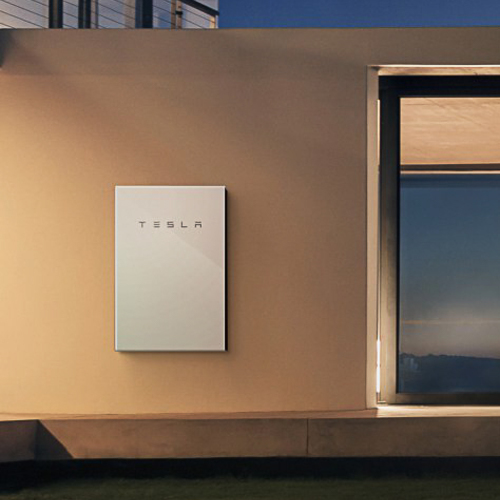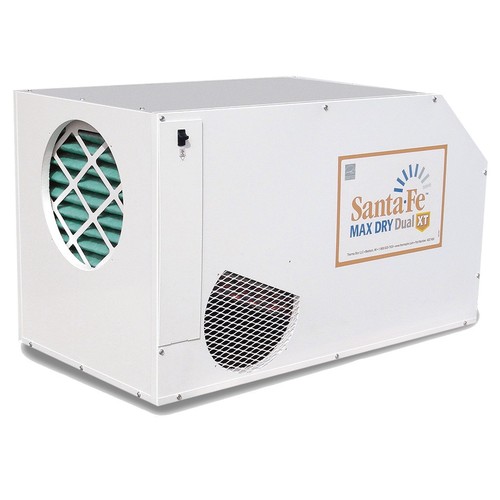
In this episode, Chris and Phil head over to the Portland Pod to record because they have not one, but two guests. Geoff Sparrow and Fred Greenhalgh of Revision Energy join the hosts to talk about solar storage! With lithium ion batteries hitting the market at ever more affordable prices, perhaps you’ve considered adding them to a project. The whole gang will sip fancy, sunny cocktails and talk about the pros and cons of solar storage, when to consider it, and your options for installation.
The Cocktail: Smoked Pineapple
Ingredients:
2 oz Mezcal
1 oz Homemade pineapple syrup*
1/2 oz Cointreau
1 oz fresh lime juice
Splash of pineapple juice
Rim glass with smoked salt, shake, pour over ice, and garnish with pineapple leaf.
*Homemade pineapple syrup: 1 part sugar, 1 part pineapple juice, some star anise, a cinnamon stick, and some hot peppers.
The Highlights:
- When should one consider solar storage?
- What’s it like to live off grid with solar?
- How to maintain your batteries.
- Lead Acid vs. Lithium Ion
- What is a battery system comprised of?
- How does a grid-tied system work?
- If you have solar, batteries trump back-up generators.
- How do utilities interface with these systems?
- How much do they cost?
- AC coupled systems vs. DC coupled systems.
Pet Product:
Rewall: A low embodied carbon replacement for gypsum wall board.
Song of the Episode:
My life in Storage by Frank Black
The Green Architects’ Lounge hosts are Chris Briley and Philip Kaplan. Chris is a principal at BRIBURN architecture for life. Phil is a principal at Kaplan Thompson Architects.
Never miss an episode and take the podcast with you! Subscribe to the Green Architects’ Lounge on iTunes or from wherever you download your podcasts. The show’s Theme Music is Zelda’s Theme by Perez Prado. Special thanks to our sponsor Pinnacle Window Solutions and Revision Energy!
More on solar power and battery storage:
Photovoltaics, Part 1: Shedding Light on the Basics
Photovoltaics, Part 2: Enter the Dollar
Solar Panels Are Now a ‘No-Brainer’
Weekly Newsletter
Get building science and energy efficiency advice, plus special offers, in your inbox.














8 Comments
Electrical battery storage is only a subset of the "solar storage" used in the title. Maybe in the future they can cover PV solar to thermal storage.
It's best to use lithium batteries in the 15C to 40C range - ie, a garage usually isn't the best choice.
Residential batteries have some value as convenient, short-term backup. But for long outages, one still needs a generator.
While I can see the conceptual appeal of having residential storage tied in with, and controlled by, utilities there are definitely drawbacks. I think this solution defrays much of the cost that would otherwise be borne by utilities and moves it to relatively affluent people who can pay the high up front cost of Tesla batteries. They then can then get a concession from the utilities on their bill.
That may work in a state like Maine that has a population (I googled it) of 1.3 million but it would not be feasible or even close to efficient or equitable for a state like mine with 40 million people. Here it makes more sense for the utilities to plan their own storage capacity that they own and then build them in large facilities adjacent to their own generating facilities. They can save enormous amounts of money by using the economies of scale that way. Also, the cost can be defrayed within the bills going to individual users of stored energy.
I'm confident that an algorithm can eventually be worked out that calculates the proportional amount of energy each user uses. That is, I think eventually utilities will be able to monetize each individuals use of the grid as a battery separate from any individuals total generation of energy from roof top solar panels. That is the fair way to do it.
>"That may work in a state like Maine that has a population (I googled it) of 1.3 million but it would not be feasible or even close to efficient or equitable for a state like mine with 40 million people."
Really?
In higher populations with pockets of higher density distribution grid congestion problems are more common than in locations such as Maine, and giving control to the local utility for managing local distribution is even more valuable than giving it over to the regional grid operator (which can also make good use of the aggregated distributed storage.)
Less equitable (maybe, maybe not- it depends on how the program is being set up) but I'm not seeing how it's less efficient to let the deeper pocketed ratepayers capitalize utility controlled storage widely distributed on the distribution grid where it can do some local-grid good.
>"I'm confident that an algorithm can eventually be worked out that calculates the proportional amount of energy each user uses. "
It's not about the ENERGY use- it's about the grid services and higher throughput on the same wires & transformers that distributed storage under utility control could provide.
Sorry, I think what you've said is incorrect. The largest source of efficiency increases in the past 100 or so years is through mass production and also mass assembly. It may be that you have discovered a hidden thing that is superior to this efficiency multiplier in this particular case but I doubt it. Maine is in a different situation than California. It is more rural and it seems to me that it is has a situation where grid services are far LESS centralized than my home state. Which is why I was saying Maine may have different optimums for efficiency than my state has. I maintain that the efficiency of location of centralized assembly of storage facilities trumps worrying about transmission requirements IN MY STATE. Remember, I was advocating co-locating large storage facilities next to existing energy production facilities, so that means your worry about transmission requirements being ignored is largely nil. And besides, what we are talking about is the desirability of locating battery storage in private residences versus this idea. In California it is no contest which is better. One can always find special exceptions but what does that prove?
I suspect the issue is far more complex than black and white. In general, it is probably advantageous (more energy efficient, cost efficient, etc.) to co-locate storage with generation, at both utility and residential scale. There is also a good argument to be made for community-level storage and microgrids in some cases.
This is not an either-or scenario. We can do all of the above. There are benefits to having generation and storage on your own home, where they not only defray electricity costs, but also provide some level of resilience against grid delivery problems. And, so long as people find value in that proposition, the utilities may see value in metering the flow of electricity into and out of that storage. If the utilities find value in it, they should pay appropriately for the right.
Yes!
Great podcast. I'm considering a solar system with a battery for emergency backup, and it was good to hear about the topic from someone other than a guy who's trying to sell it to me. If the podcast guests are still around, thanks, and I have a few questions:
1) Is the life of a Li-ion battery (specifically the Tesla Powerwall) expected to be longer if the battery is used only for emergency backups (vs daily use)? My city has a good net-metering program, and a kw here costs the same all day, so I see no need to charge and deplete the battery daily. A generator is not an option because of unattainable setback requirements on my tiny lot.
2) You discussed Li-ion batteries not doing well in extreme heat. I'm on the Gulf coast, with daily highs around 88-90 for most of the summer, with forays into the mid-90's. I have no garage and (from your podcast) know that I don't want the batteries in my living space, so batteries will have to live outside. Is that level of heat going to be a problem?
Many thanks!
Great questions Nola!
1) Yes, a battery will last longer if it is used for backup only instead of daily cycling. Battery warranties are typically rated in number of cycles as that is what causes the most wear and tear. It is also worth noting that batteries also have 'shelf lives' in that they will not last forever, even if they are never cycled. Batteries slowly degrade over time with or without cycling.
2) The level of heat you mention should not be a problem. Tesla we well as most other batteries have active cooling and heating systems that allow them to function in a wide range of ambient temperatures. When operating in hot temperatures the battery cooling system engages to keep the battery within an acceptable temperature range. If the temperatures become too extreme the battery will curtail power output and/or charging input to limit internal heat generation. If that does not work the system will shut itself down to prevent permanent damage to the battery due to overheating. Tesla batteries are rated up to 122 deg. F. and have an ideal max temp of 86 deg. F.
If mounting the battery outdoors a shaded location will provide the best performance.
Log in or create an account to post a comment.
Sign up Log in